The Dutch National Opera's new production places Lohengrin in a barren factory hall. A place where amid the bleakness of everyday life the promise of a miracle is cultivated. A place that hosts a performance in which singers, orchestra and conductor excel.
With Lohengrin, Wagner took a formidable musical step toward his dreamed Gesamtkunstwerk, a work of art in which all disciplines, text, music and theater are a proportionate part of the end result. That Gesamtkunstwerk would not ultimately come about in its initially conceived form. The primacy of music was simply too great for that. The sound world of Lohengrin is a breathtakingly euphonic landscape in which you are entrained for nearly four hours and in which you are only too happy to get lost. Listen to Lohengrin, with the (Italian) number opera in mind, and you become aware of the giant step Wagner takes here toward an operatic form that seamlessly integrates the various components of the music (chorus, recitative and aria) into a musical drama that flows and does not stagnate. The choral scenes and individual arias here are not so much climaxes, not points of arrival, but constantly new points of departure. The result is a breathtakingly euphonic soundscape in which you are entrained for almost four hours and in which you are only too happy to get lost. The prelude, a music that is like a flower that slowly opens and unveils a world in which the promise of something beautiful in tantalizing sounds preludes to its fulfillment, is the starting point of a story in which light breaks through in the bleakness of everyday life. The colorful, hallucinatory sound world of Lohengrin is given an industrial gray cast in the new production of the Dutch National Opera. The factory hall in which the story unfolds is the epitome of a bleak reality in which people have nothing to expect - the hall can be seen as a reference to the time in which Wagner composed the opera, a time of advancing and increasing industrialization. In that world, the hatches literally open when a miracle presents itself. When Lohengrin arrives, the back wall of the hall lifts and light enters. The knight Elsa has dreamed of turns out to really exist. With the arrival of the swan knight, the people may hope for something magical in a disenchanted world and the king may hope for a welcome military reinforcement for his army. The hope pinned on the arrival of a strong man has unmistakably religious, Messianic traits (the fascination Wagner had with the character of Jesus of Nazareth, as in his last opera, Parsifal, does not go unnoticed). Next to that is the arrival of a strong man in a German opera historically brisant (the opera was a favorite of Adolf H. The "Sieg! Heil!" from the libretto, after Lohengrin defeats Telramund, still feels uncomfortable). Director Christof Loy leaves the historical connotations of the play for what they are and concentrates on what he believes to be the core of Lohengrin's drama. For him, that core lies largely in the loss of trust. Elsa does not trust Lohengrin, cannot accept him for what he is: an unknown savior in distress who must remain unknown if he is to continue to exist among men. The forbidden question, hanging over the opera in word and musical motif (Nie sollst du mich befragen), is one that is inevitable from a human point of view. As a human being, you have a right and reason to know with who you ultimately are dealing with. But it harbors here an extremely bleak picture of human relationships. Trust erodes irrevocably (despite, or perhaps mainly because of, prior agreements and commitments). Wagner's most lyrical opera, then, is perhaps the one in which he is most somber about the relationship between man and woman, the connection between two individuals. It postulates the idea that it cannot ultimately endure, not because of external influences, but because of intrinsic factors. As a director, Loy enjoys working intensively with singers about the motivations of the characters they portray. That dedication manifests itself in the detail of the Personenregie. When he is embraced as a savior, you can see the doubt and regret on Lohengrin's face. As if he knows what will happen in the end. As if he is in a movie he has seen before. It is a crucial element in the direction of persons in which details are at the heart of a production in which major choices in stage setting are absent. The dynamics on the static stage are provided by the ballet that Loy, as in his earlier productions for Tannhäuser and Königskinder, brings in to physically express a generally prevailing feeling or to emphasize the mood surrounding an (imminent) event. For example, the ballet frames the arrival and announced departure of the swan knight with beautiful choreographed wings. Like a kind of Greek choir in motion that comments on the action without actively interfering itself with that action. It breaks the uniformity and somberness on stage. The king hardly stands out in his outfit compared to his herald. The people in the factory hall walk around in an equally colorless and unremarkable manner. The same goes for Lohengrin, who, despite his stylish entrance, walks around in rather anonymous clothing without any reference to the fairy tale world he comes from. The visual part of the production may remain on the flat side in Loy's direction and Philipp Fürhofer's design, but the musical performance more than does justice to the fascinating arena of extremes that make Wagner's world of Lohengrin (and his other operas) so irresistible. Until now, Lorenzo Viotti was known as an opera conductor primarily for Italian repertoire, and it will probably not be for nothing that his first adventures in Wagner led him to Lohengrin. The opera in which the vocal lines at times sound like a kind of Germanized Bellini. In his first Wagner opera, Viotti succeeds in balancing that unique interplay of opposites that characterizes Wagner's musical world. A world where the sharp edges are softened by coexisting extremes, and where each step is a journey between extremes that embrace each other in a delicate dance of contrasts. His grand gestures (and Instagram account) attest to a certain vanity but conductors who are not vain do not exist (according to the "humble" Bernhard Haitink). In an opera that may be called a musical ode to the inherent beauty of existence, Viotti, backed by a superbly playing Netherlands Philharmonic Orchestra, was visibly in his element. Here grand gestures connected with intimate, delicate feelings. As Elsa, emerging here in an iconic vintage headscarf with sunglasses radiating a kind of old Hollywood glamour (Audrey Hepburn!), Malin Byström does not possess the most rounded, gentle voice. As we know from her Salome from a few years ago, her strength lies mostly in the scenes where she can express herself more explicitly. The scene in which she gives voice to her misfortune - half disappearing in her gigantic wedding dress, in analogy to the drama by which she knows herself to be enclosed - is a sonorous visual highlight.. As swan knight, Daniel Behle does not combine his somewhat high tenor with a robust stage personality, as for example the case with Klaus Florian Vogt. With a clean, initially somewhat sharp, tenor voice that, once it arrives at In Fernem Land, shows itself from its most sensitive, versatile side he manages to convince. His Lohengrin is here endowed by the direction with an extra sad fate. He is already a hero against his will. In addition, under the desperate cries of the young woman he has come to the aid of (Mein Gatte! Mein Gatte!), he must pay for his intervention as a lifesaver with death. (Unlike the libretto in which it is the two women, Ortrud and Elsa, who fall down lifeless at the end.) It is a grim end to a demythologizing process that begins to unfold shortly after Lohengrin makes his entrance. As so often, the bad guys are the most fun. Ortrud, the evil genius of the story, and Friedrich von Telramund, who lets himself be taken for a ride by the evil genius, impress the most. Thomas Johannes Mayer, he previously sang Wotan in Amsterdam in the Audi Ring, performs a powerful, evil Telramund. In voice and presentation, Mayer is a character whose heart, insofar as it ever was open, has been hardened by Ortrud into a cold, insensitive core, unreachable for compassion or empathy. A fitting fate befalls him when he sets out to kill Lohengrin by surprise and meets his end himself at the end of the swan knight's sword. Ortrud is of great malicious charm in Martina Serafin's rendition. Her voice sounds a bit harsh on the outer edges but that is entirely in character. Her stage persona is impressive. The scene in which she and her partner in crime Telramund accompany Elsa and Lohengrin to the altar (Telramund on the organ!) is one of great demonic beauty. Here the couple knows that the seed of doubt has been planted in Elsa; its hatching is only a matter of time. The end of the fairy tale is in sight. In the wedding march that follows at the beginning of the third act (a wedding march played only at weddings of people who do not know the story, and its ending - Ha!), bride and groom walk from the back of the hall in procession to the stage. It is the most pronounced part of the staging in which, as mentioned earlier, major choices, essential choices, are absent. Thus we have to do without a bridal bed during the wedding night of Lohengrin and Elsa, and this absence of a compelling direction regarding the many mass scenes causes the stage setting in the scenes with the chorus to be somewhat cluttered at times. Of what König Heinrich must lack in grandeur here in the dressing finds its compensation in the voice of Anthony Robin Schneider who grabs the listener and draws them along in a role performed with regal authority. The nuances in Schneider's voice bring to life a man who shifts from forceful decisiveness to subtle introspection. He is joined in that role by his herald, Björn Burger who again excels (Burger has previously been a very convincing Wolfram in Loy's previous Wagner production, Tannhäuser). Worth a special mention is the chorus of the Dutch National Opera which also comes to great achievements under new chorus master Edward Ananian-Cooper. As a paragon of bleakness, the barren factory hall in which Lohengrin is situated also (unfortunately) models a lack of theatrical imagination. The hall hosts a performance in which singers, orchestra and conductor excel. Against an ash-gray background, a musically colorful landscape imbued with dramatic intensity unfolds. The tones, like vivid brushstrokes, paint a heavenly panorama that challenges and enchants the senses. Gioacchino Rossini once said of Lohengrin (I am writing this review on the anniversary of Rossini's death) that you cannot judge this opera after just one listen, but he certainly had no intention of hearing it a second time! Not free of sarcasm was he, the composer of Il Barbiere di Siviglia. His words will be listened to amicably and elegantly ignored by anyone who wants to spend an immersive evening at the theater (and who doesn't?). There is simply little in the field of opera that compares to a good performance of a Wagner opera. This performance of Lohengrin, despite its flaws, is convincing proof of that. Lohengrin, Dutch National Opera, Amsterdam, 11 November 2023 (premier) Conductor: Lorenzo Viotti Netherlands Filharmonisch Orkest Stage direction: Christof Loy Set design: Philipp Fürhofer Costume design: Barbara Drosihn Lighting design: Cor van den Brink Video design: Ruth Stofer Choreography: Klevis Elmazaj Dramaturgy: Niels Nuijten Heinrich der Vogler: Anthony Robin Schneider Lohengrin: Daniel Behle Elsa von Brabant: Malin Byström Friedrich von Telramund: Thomas Johannes Mayer Ortrud: Martina Serafin Der Heerrufer des Königs: Björn Bürger Chorus of Dutch National Opera Chorus master: Edward Ananian-Cooper - Wouter de Moor
0 Comments
Leave a Reply. |
TIMELINE
July 2024
|


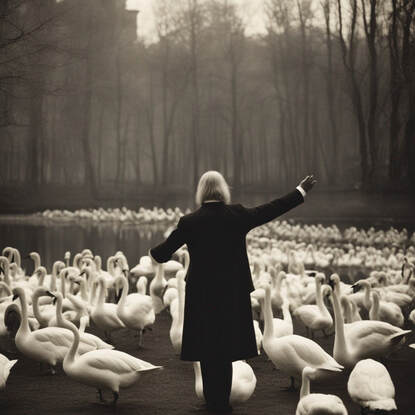


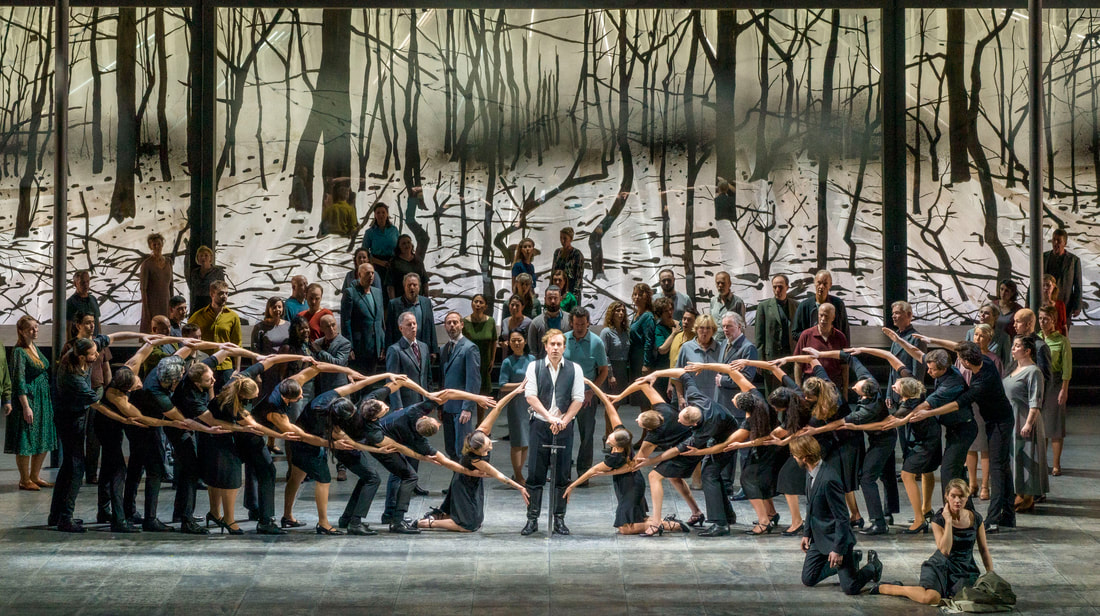




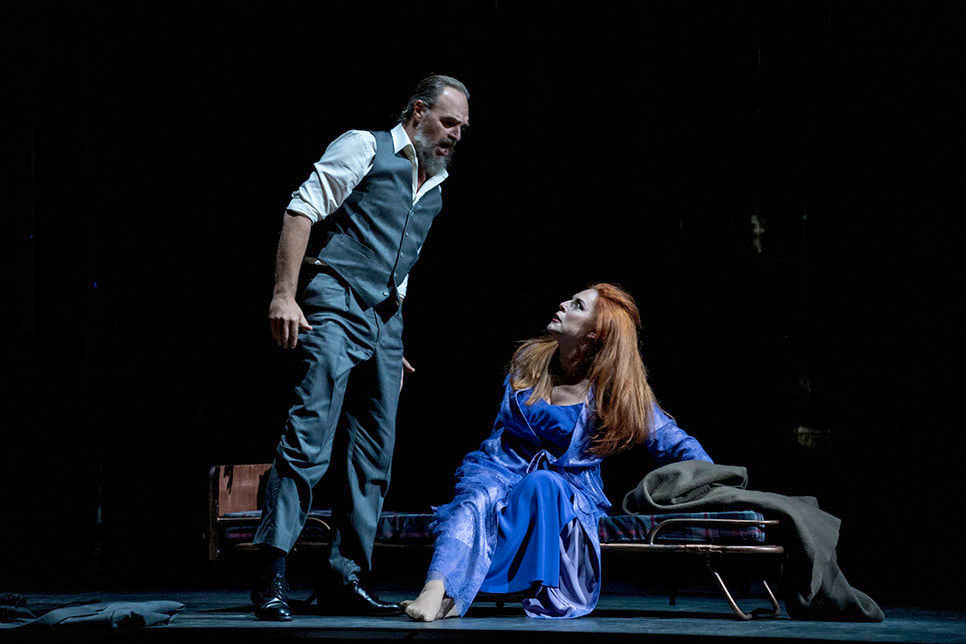
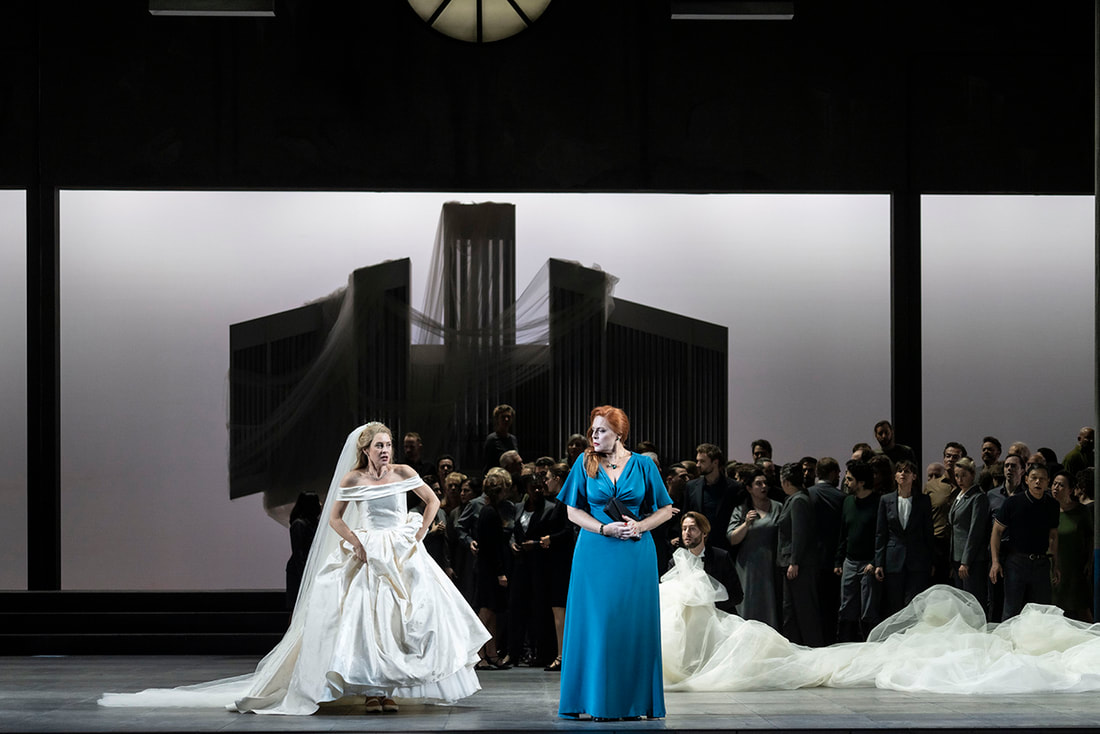
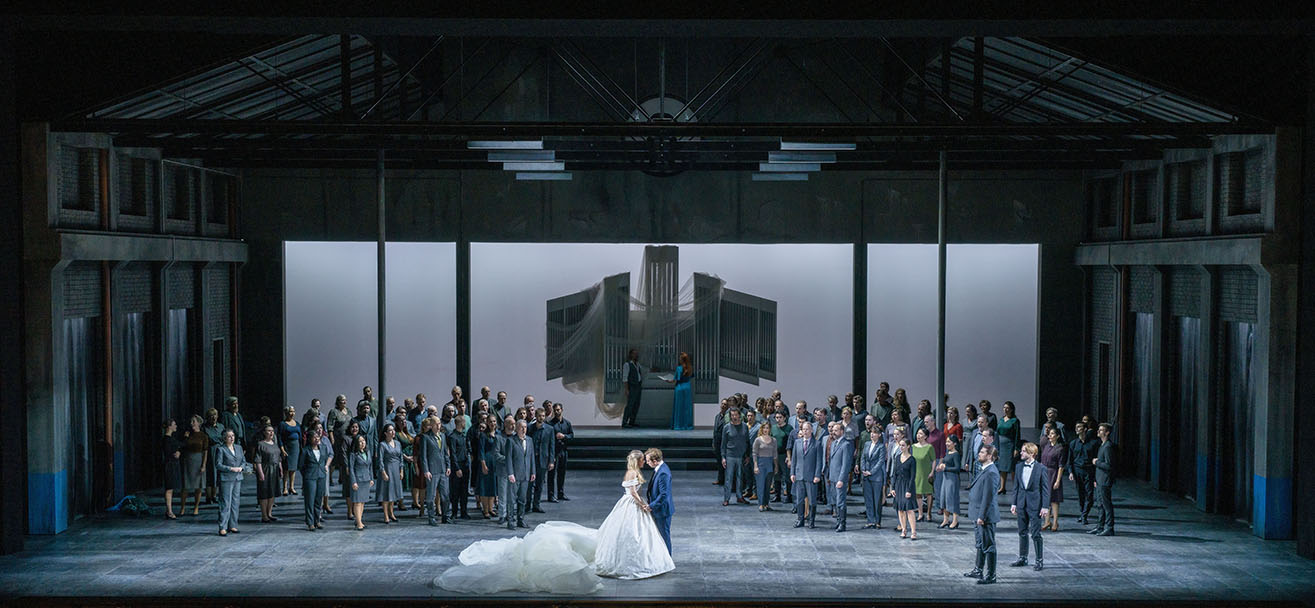
 RSS Feed
RSS Feed